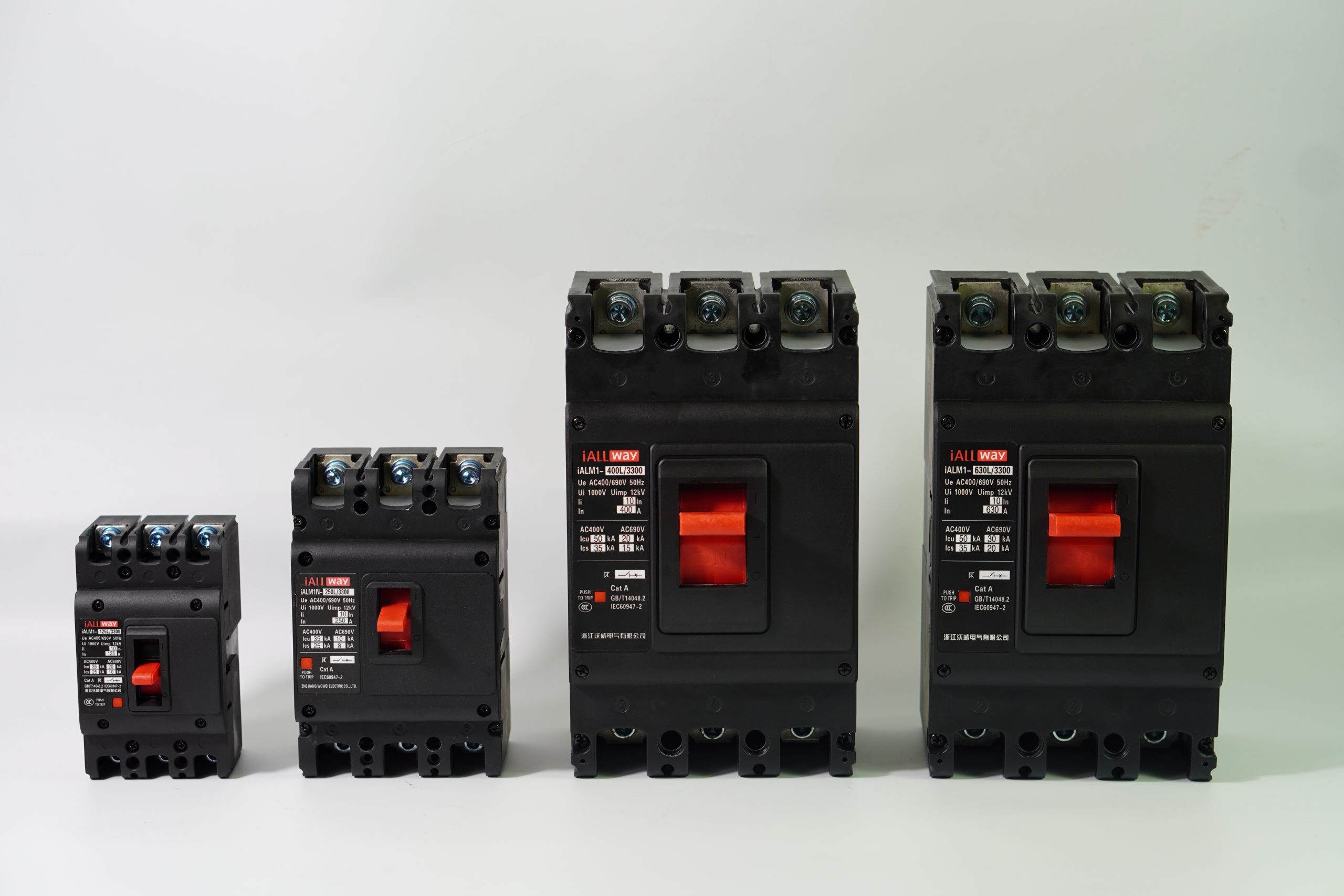
Circuit breakers act as a crucial line of defense, constantly monitoring the electrical current and stepping in when necessary to ensure the safety of everyone. Without circuit breakers, our lives would be at risk every time we turned on a light switch or plugged in an appliance.
In this blog, we will explore the importance of circuit breakers and how they work to protect us from electrical hazards. We will delve into the different types of circuit breakers and their specific functions, as well as provide tips on maintaining and troubleshooting them. By understanding the role of circuit breakers, we can appreciate the peace of mind they bring and the vital role they play in our everyday lives.
Overload Protection
When devices like AC units or heaters draw more power than wires can handle, breakers detect heat buildup via bimetallic strips and cut power within seconds to prevent wire melting
Short-Circuit Response
A sudden fault can spike current to 10,000+ amps. Breakers use electromagnetic coils to slam contacts open in 15–30 milliseconds, faster than an eyelid blink.
Voltage Monitoring
Brownouts (undervoltage) or surges (overvoltage) can fry motors or servers. Advanced breakers disconnect circuits when voltage deviates When an anomaly occurs.
Picture an electrical circuit as a highway full of electrons. A circuit breaker watches these electrons like a traffic cop. Its function is to avoid overloads and short circuits that bring about electrical fires and harm sensitive equipment.
A circuit breaker comes with a mechanism that detects when the current is excessive. This mechanism entails two parts: a bimetallic strip together with an electromagnetic coil.
The bimetallic strip is a composite strip of 2 dissimilar metals attached together. The strip bends when an overload takes place because the two metals differentially expand the strip. This bending opens a switch that interrupts the current flow.
In case of a short circuit, current moves into the circuit suddenly. The electromagnetic coil surrounding the conductor holding the current responds to this surge by producing a magnetic field. The magnetic force pulls on a plunger, and the tripping mechanism eliminates the current.
Types of Circuit Breakers (and Where They Shine). Not all breakers are alike:
| Type | Best For | Breaking Capacity | Key Mechanism |
| Miniature (MCB) | Homes, offices | ≤10 kA (120–240V) | Thermal-magnetic trip |
| Molded Case (MCCB) | Factories, large motors | 10–200 kA (up to 1kV) | Adjustable electronic trip |
| Air (ACB) | Data centers, heavy machinery | 50–200 kA (up to 6.6kV) | Air blast + arc chutes |
| Vacuum/SF6 | Power grids, substations | 100+ kA (66–800kV) | Gas/vacuum dielectric |
Circuit breakers come in different sizes and styles to fit a variety of uses. Probably the most prevalent kinds in houses and businesses would be mini circuit breakers (MCBs) and molded case circuit breakers (MCCBs).
MCBs are suitable for low-current circuits, which usually protect individual outlets and household appliances. They’re small and simple to reset and thus ideal for residential use.
MCCBs are for higher current circuits like those that power whole rooms or big appliances. They provide higher protection against serious overloads in addition to short circuits.
Circuit breakers are rugged products that often fail. The most common issues include ripped breakers, nuisance tripping, and worn-out components.
Tripping occurs whenever the current surpasses the rating of the circuit breaker, which opens to protect the circuit. Find the tripped breaker inside your breaker panel and flip the switch again to “on” to reset it.
Nuisance tripping, in contrast, is breakers that trip frequently without cause. This can be because of bad wiring, unfastened connections, and overloaded circuits. If the issue keeps recurring, it’s recommended to ask an electrician for help.
Circuit breaker components wear out as time passes. If you believe a beaten-out breaker, you ought to replace it with a brand new one.
Circuit breakers can be heroes in electrical safety. They silently monitor our circuits and safeguard our homes and businesses from electric dangers.
Learn their operation, typical issues, and troubleshooting suggestions to maintain an electrical environment safe and dependable. Always ask a specialist electrician for assistance when in doubt.
